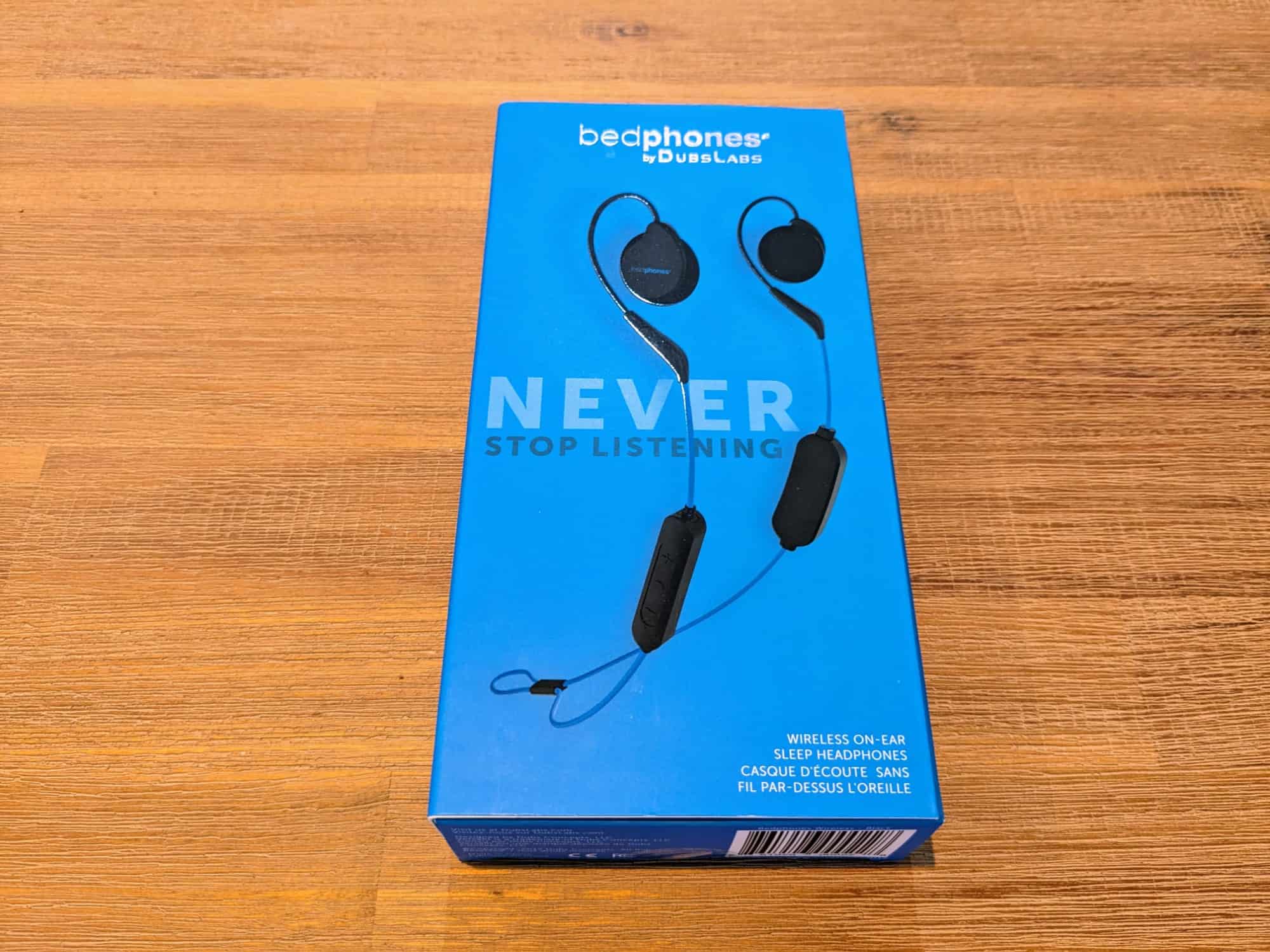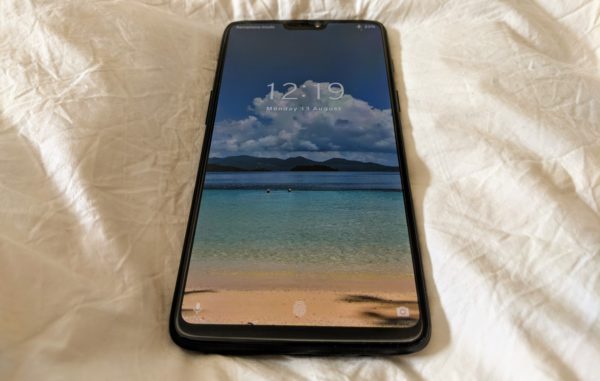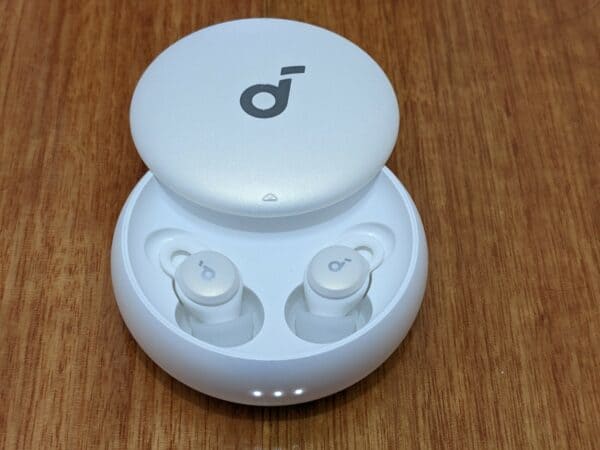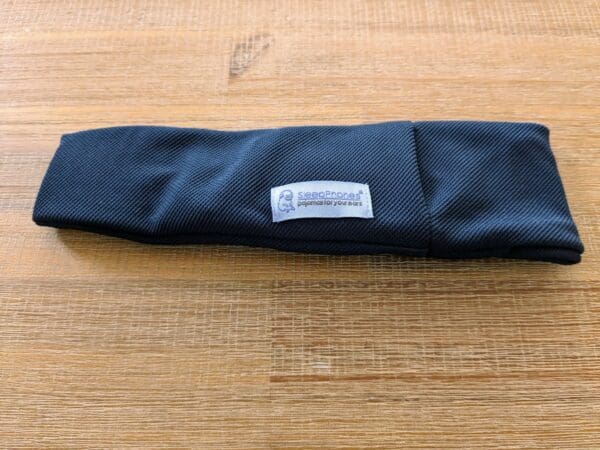DubsLab Bedphones Review: A Surprisingly Comfortable Option
We may earn a commission from purchases you make after clicking links on this site. Learn more.I always enjoy testing the latest and greatest in sleep technology, and not just because any day where I can take an extended nap and call it work feels like a win. It’s also because I struggled with insomnia for many years, and remain a light sleeper to this day: it really doesn’t take much to wake me up at 3am.
That’s why I’ve become an expert in finding ways to keep outside noise, well, outside. Over the last several years I’ve tested a range of tech aimed at helping people sleep, from high-tech noise-canceling earbuds to tiny Bluetooth buds, headbands with speakers, white noise apps, and many more.
Other than those headbands, though, I hadn’t spent much time using anything that sat on rather than in my ears. I’d never found any headphones that were comfortable enough for side or front sleeping, no matter how much noise they cut out.
That’s why Dubslabs’ Bedphones product caught my eye when I came across it a couple of months ago. It’s basically a pair of wireless earphones with very thin, flat speakers that’s apparently comfortable enough to lie on while listening to music all night, and has enough battery life to let you do it.
I was intrigued, to say the least. Could this change my opinion of headphone-type devices for sleep, or would it be yet another one of those things that I ripped off my head a few minutes after going to bed? There was only one way to find out.
Features and Specifications
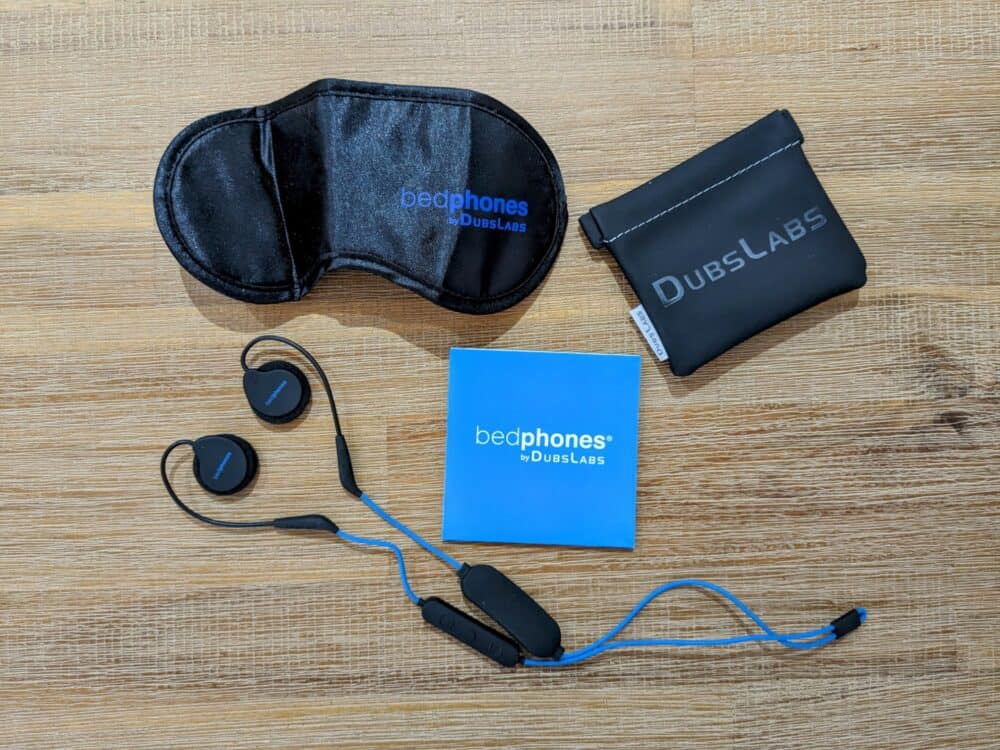
The Bedphones are a relatively simple affair, coming in a blue box that holds the earphones themselves and a few accessories. There’s a padded little travel pouch that snaps shut with a satisfying thud, inside which was a simple eyemask branded with the company logo.
Other than that, the only thing of note is the fold-out instruction booklet. It’s worth giving it a quick onceover before consigning it to the trash, since it has details for how to secure the earpieces in place. You’d think it would be obvious, but I managed to make a mess of it the first time around. That probably says more about me than the Bedphones, mind you.
Speaking of the earpieces, they really are very thin (about ¼” according to my measuring tape), and almost completely flat on both sides. A simple foam cover wraps around the side that touches your ear, with a hard plastic shell on the other.
The diameter of the earpieces is pretty large when compared to normal in-ear buds, although obviously a lot smaller than headphones. Firm but flexible memory wire extends from the top of each earpiece, joining a blue cable that connects the two and can be worn in front of or behind your neck.
The left side of the cable holds the battery, inside a sealed compartment. In the same place on the right side of the cable sits a similar-sized remote with three raised buttons on the front, the charging socket on one side, and a tiny microphone on the back.
The middle one turns the Bedphones on and off, pauses and plays audio, and mutes the microphone, while those on either side skip forward/back and control turn the volume.
Bluetooth pairing is also controlled by the middle button: you just hold it down until the light starts rapidly flashing blue and red, then pair as usual. You can pair with a bunch of different devices, but you’ll only be connected to one at a time.
Connection
Pairing was about as simple as with any other Bluetooth device: hold the power button down for several seconds until the light starts flashing different colors, start the pairing process from my phone, wait five seconds, done.
The Bedphones turn themselves off after ten minutes of not being connected to a Bluetooth device, but should otherwise stay on and ready throughout the night. I found that useful when I woke up early one morning: a quick tap of the Spotify app on my phone was all it took to get the music flowing again.
Fit
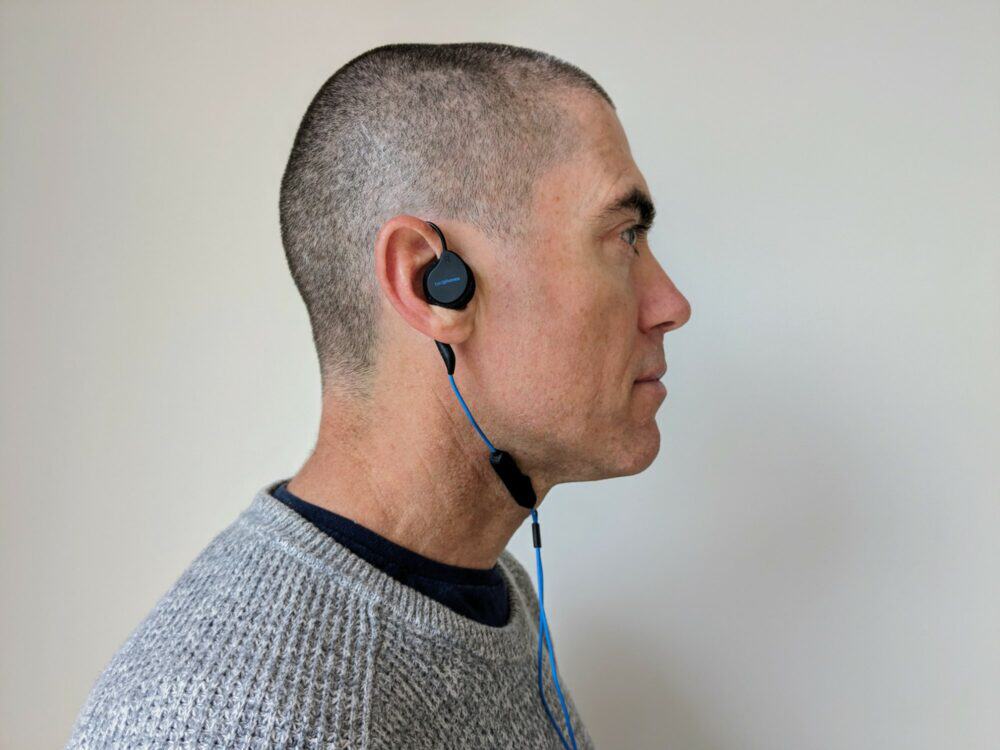
As mentioned above, I didn’t read the booklet before trying to wear the earphones for the first time, and made a complete mess of it. Once I followed the simple instructions (hold the earpiece over your ear canal while tightening the memory wire around the top of your ear), they fitted a lot better. No surprises there.
I have pretty average size ears for a man, I guess, and the earpieces sat firmly in the outer part of my ear canal. They seemed quite large, though, and I wasn’t at all sure how they’d be for those with smaller ears. Fortunately, I live with someone who fits that description.
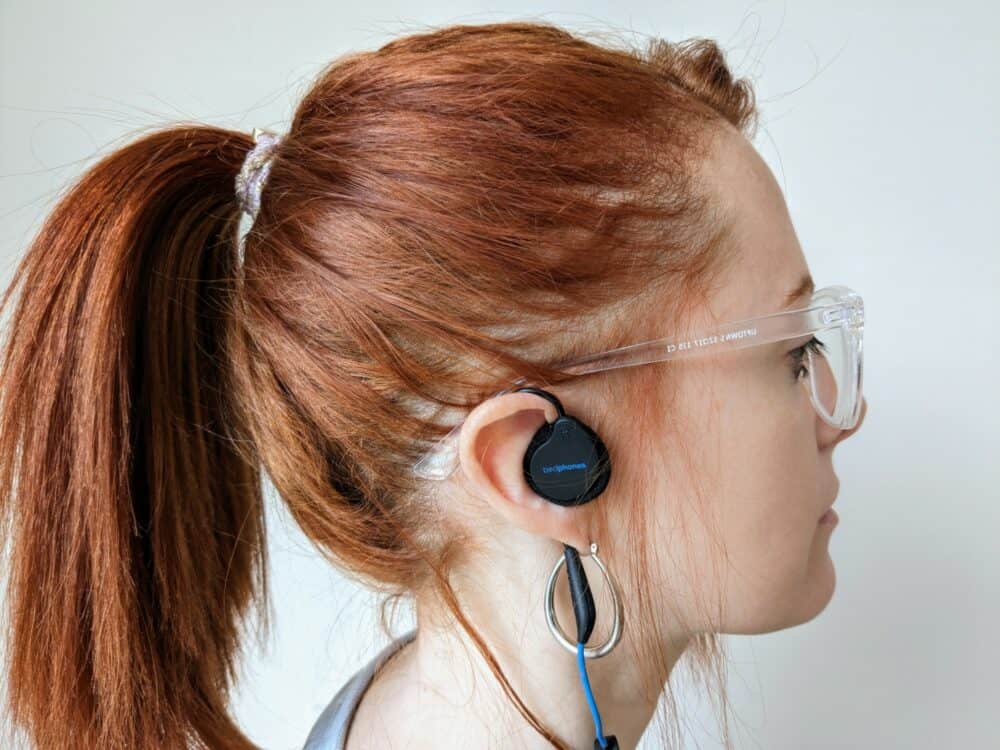
The earpiece covered noticeably more of her ear, but she assures me it fitted well and was comfortable to wear. It didn’t move around or fall off when she shook her head or laid on a pillow for a few minutes, either, which was a pleasant surprise.
Sound Quality
I was genuinely surprised by the audio quality of the Bedphones. I’ve got used to mediocre sound from sleep-focused products like this: there’s generally not a lot of need for anything better, since the goal for most people is distraction rather than appreciating the nuances of whatever they’re listening to.
That’s not the case here.
While they’re still not the first thing you’d reach for to listen to your favorite songs, they sound dramatically better than anything else I’ve worn to bed. The reason is pretty obvious: the earpieces are much larger, which in turn means much more space to fit larger drivers inside.
As the sound of quiet lo-fi beats drifted into my ears last night, it was nice to enjoy what I was listening to for once. There’s a richness to the voices of podcast hosts that I don’t get from the Soundcore Sleep A10 or even the Sleepphones: the latter has drivers of a similar size but don’t sound anywhere near as good.
It’s all relative, of course: the Bedphones are probably the best in their class, but that’s hardly a high bar.
Volume Level
There’s plenty of volume on offer with the Bedphones: unlike some of the competition, you’ll have no problem drowning out even relatively large amounts of outside sound.
Of course, that’s a double-edged sword: because there’s no noise isolation or cancelation on offer, by the time you turn them up loud enough that you can’t hear thumping neighbors or snoring partners, the volume might be too loud for you to sleep anyway.
On the upside, there’s little to no sound leakage, at least at the kinds of volume level you’d use in a fairly quiet room. I’ve had no complaints from my other half, and when I passed the Bedphones onto my father to test for a few days, my mother also said she hadn’t heard them during the night either.
With my usual phone (a Google Pixel 6a), there was almost too much volume: set at the lowest level, it was slightly louder than I’d choose to fall asleep to. It wasn’t an issue with other phones though, including iPhones and a couple of Android devices, so it’s not something I’d be especially worried about.
Comfort
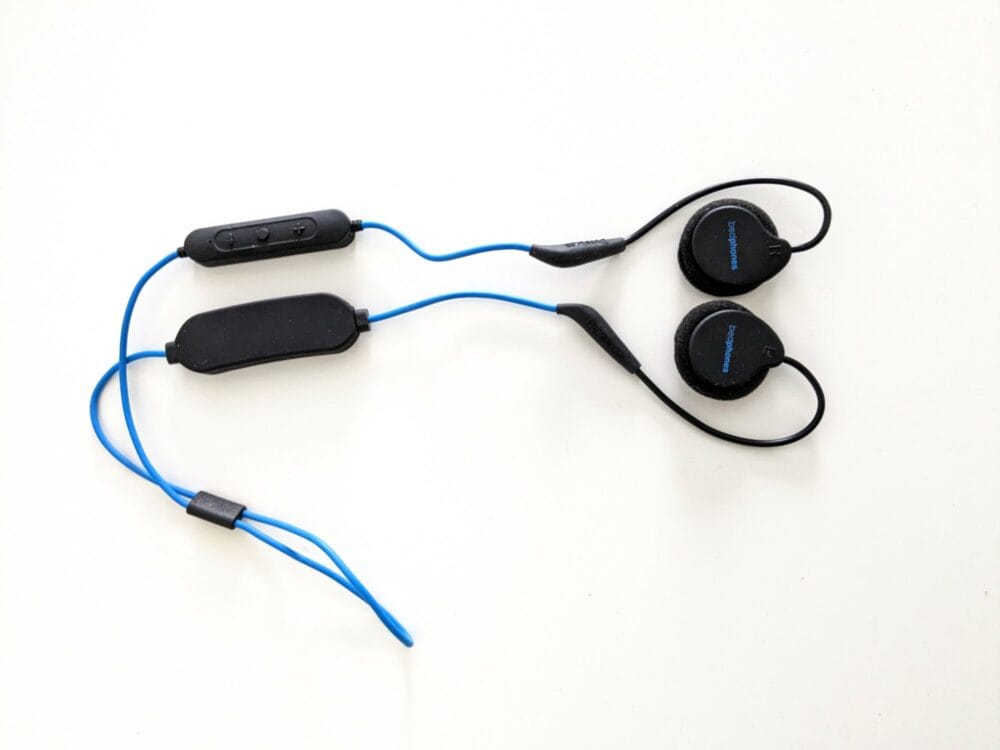
As with anything you wear to bed, the comfort of devices like these is incredibly important. Anything that sits in or on your ear for eight or nine hours at a time, especially when that ear is pressed into a pillow, can easily become too uncomfortable to use.
I’ve had that issue with so many gadgets I’ve tested that I just sort of expect it now. Even my top pick for sleep earbuds, the QuietOn 3.1, isn’t perfect in that regard: it took quite a bit of experimentation, and ultimately the purchase of a softer pillow, before I could wear both buds in my ears all night.
With that in mind, the Bedphones were impressively comfortable. I barely noticed I was wearing them, both with the ear that wasn’t on the pillow and the ear that was. Even the memory wire didn’t rub or pinch, and it did a good job of keeping the earpieces from moving around as I tossed and turned.
Each night I tested them, I’d wake up around eight hours after going to bed with no pain and the Bedphones still attached to my ears. That’s very much a rarity: with almost everything I’ve used, I’ll usually end up discarding it at some point during the night.
All of that said, they definitely took a bit of time to get right initially. I spent quite a while fiddling with the memory wire that looped around my ears, and adjusting the slider on the cable to keep it from flapping around while also not choking me in my sleep.
Once that was done, though, the earpieces sat comfortably on my ear canal and didn’t move. I usually adjusted the memory wire slightly each time I put them on, but it only took a second or two.
Charging and Battery Life
Dubslabs rates the battery life of the Bedphones at 13 hours, and that’s held up in my testing.
If anything, you may get longer than that in the real world: I suspect the number is accurate if you’re streaming music continually, but you’ll likely get anything up to three nights from a charge if you’re like me and only cue up a couple of hours worth of podcasts before falling asleep.
13+ hours is pretty good as far as these things go, and quite a bit longer than the Soundcore Sleep A10's that I use most nights. It’s only half that of the QuietOn buds, but since you can’t play audio with those (the battery is only for noise-cancelation), they’re not really in the same category.
The only minor disappointment comes when it’s time to charge the Bedphones back up again. That’s not because of how long it takes: 90 minutes is fine, since you’ll probably not need them again for several hours anyway. It’s just because they’re still using an antiquated micro-USB port to do so.
Almost nothing ships with that kind of connector these days, and in a world where even Apple has (grudgingly) moved to USB C and you can charge pretty much anything you own from the same cable, having to use something different just for the Bedphones is mildly annoying.
It’s not such an issue if you only use them at home, since you can probably keep the right kind of cable connected beside your bed, but it’s a pain when traveling. It’s hard enough to remember everything else I need to pack without having to make sure there’s now a micro-USB cable in my bag as well.
Get regular updates from the world of travel tech and remote work
News, reviews, recommendations and more, from here and around the web
Verdict
All in all, I was much more impressed by the Bedphones than I expected to be. For anyone who wants to listen to music, podcasts, or audiobooks as they fall asleep but finds earbuds uncomfortable, these are probably the best option I’ve come across so far.
They’re comfortable to wear for long periods even if you’re a side sleeper like me, and they didn’t fall off my ears during the night even when changing positions. Battery life is pretty good, certainly enough to get through one night; you may be able to stretch that out to two if you need to.
Audio quality was much better than anticipated, and there’s more than enough volume on offer for anything that’s intended to be worn to bed.
So what’s not to like?
Well, the biggest issue is one that’s common to all over-ear devices like these: there’s no noise isolation or canceling. As a result, they’re really best used to drift off to sleep in a relatively quiet room, rather than trying to block out the foghorn sound of a snoring partner or thumping bass of a nearby bar.
Don’t get me wrong, you could probably turn the volume up high enough that you couldn’t hear any outside noise, but by that point it’d be so loud that you couldn’t sleep anyway.
I also have a minor complaint about the use of a micro-USB cable for charging, rather than the now-ubiquitous USB C. The sooner that old plug type goes away, the better off we’ll all be. It’s just a hassle to have to use something different these days, especially when you’re away from home.
So, the final word. If you’re looking for something to cut out as much outside noise as possible while sleeping, go for the QuietOn 3.1 earbuds, and accept that you won’t hear anything except the sound of your own thoughts while you do so.
If you’d prefer to listen to something beyond your own internal monologue at night, however, and especially if you don’t like wearing earbuds for long periods, the Bedphones are the best option I’ve come across for quieter bedrooms. Recommended.
Pros
Cons
All images via author

